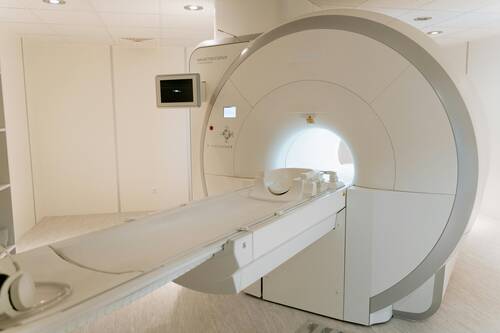MedicalResearch.com Interview with:
Ben Larimer, PhD research fellow in lab of
Umar Mahmood, MD, PhD
Massachusetts General Hospital
Professor, Radiology, Harvard Medical School
MedicalResearch.com: What is the background for this study? What are the main findings?
Response: Although immunotherapies such as checkpoint inhibitors have revolutionized cancer treatment, unfortunately they only work in a minority of patients. This means that most people who are put on a checkpoint inhibitor will not benefit but still have the increased risk of side effects. They also lose time they could have spent on other therapies. The ability to differentiate early in the course of treatment patients who are likely to benefit from immunotherapy from those who will not greatly improves individual patient care and helps accelerate the development of new therapies.
The main purpose of our study was to find a way to separate immunotherapy responders from non-responders at the earliest time point possible, and develop an imaging probe that would allow us to distinguish this non-invasively.
Granzyme B is a protein that immune cells use to actually kill their target. They keep it locked up in special compartments until they get the right signal to kill, after which they release it along with another protein called perforin that allows it to go inside of tumor cells and kill them. We designed a probe that only binds to granzyme B after it is released from immune cells, so that we could directly measure immune cell killing. We then attached it to a radioactive atom that quickly decays, so we could use PET scanning to noninvasively image the entire body to see where immune cells were actively releasing tumor-killing granzyme B.
We took genetically identical mice and gave them identical cancer and then treated every mouse with checkpoint inhibitors, which we knew would result in roughly half of the mice responding, but we wouldn’t know which ones until their tumors began to shrink. A little over a week after giving therapy to the mice, and before any of the tumors started to shrink, we injected our imaging probe and performed PET scans. When we looked at the mice by PET imaging, they fell into two groups. One group had high PET uptake, meaning high levels of granzyme B in the tumors, the other group had low levels of PET signal in the tumors. When we then followed out the two groups, all of the mice with high granzyme B PET uptake ended up responding to the therapy and their tumors subsequently disappeared, whereas those with low uptake had their tumors continue to grow.
We were very excited about this and so we expanded our collaboration with co-authors Keith Flaherty and Genevieve Boland to get patient samples from patients who were on checkpoint inhibitor therapy to see if the same pattern held true in humans. When we looked at the human melanoma tumor samples we saw the same pattern, high secreted granzyme levels in responders and much lower levels in non-responders.
(more…)











